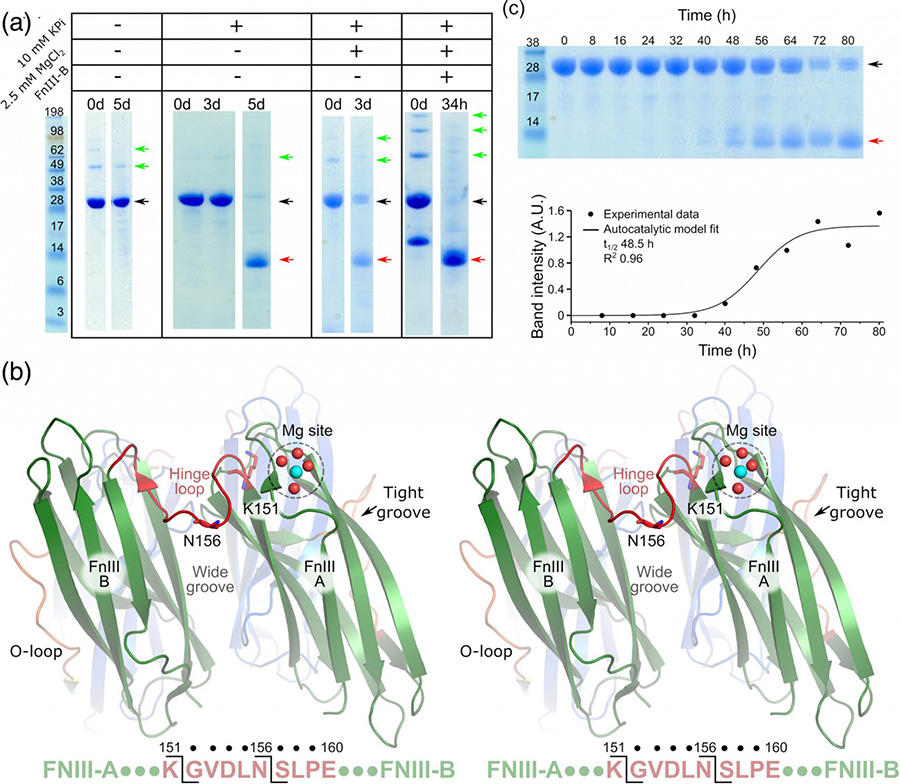
 中央研究院 生物化學研究所
中央研究院 生物化學研究所
Vibrio cholerae is the causative agent of the diarrheal disease cholera, for which biofilm communities are considered to be environmental reservoirs. In endemic regions, and after algal blooms, which may result from phosphate enrichment following agricultural runoff, the bacterium is released from biofilms resulting in seasonal disease outbreaks. However, the molecular mechanism by which V. cholerae senses its environment and switches lifestyles from the biofilm-bound state to the planktonic state is largely unknown. Here, we report that the major biofilm scaffolding protein RbmA undergoes autocatalytic proteolysis via a phosphate-dependent induced proximity activation mechanism. Furthermore, we show that RbmA mutants that are defective in autoproteolysis cause V. cholerae biofilms to grow larger and mechanically stronger, correlating well with the observation that RbmA stability directly affects microbial community homeostasis and rheological properties. In conclusion, our biophysical study characterizes a novel phosphate-dependent breakdown pathway of RbmA, while microbiological data suggest a new, sensory role of this biofilm scaffolding element.
